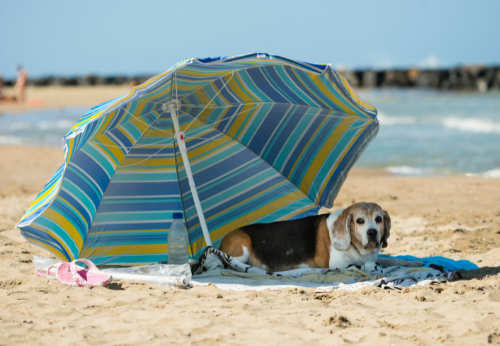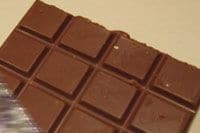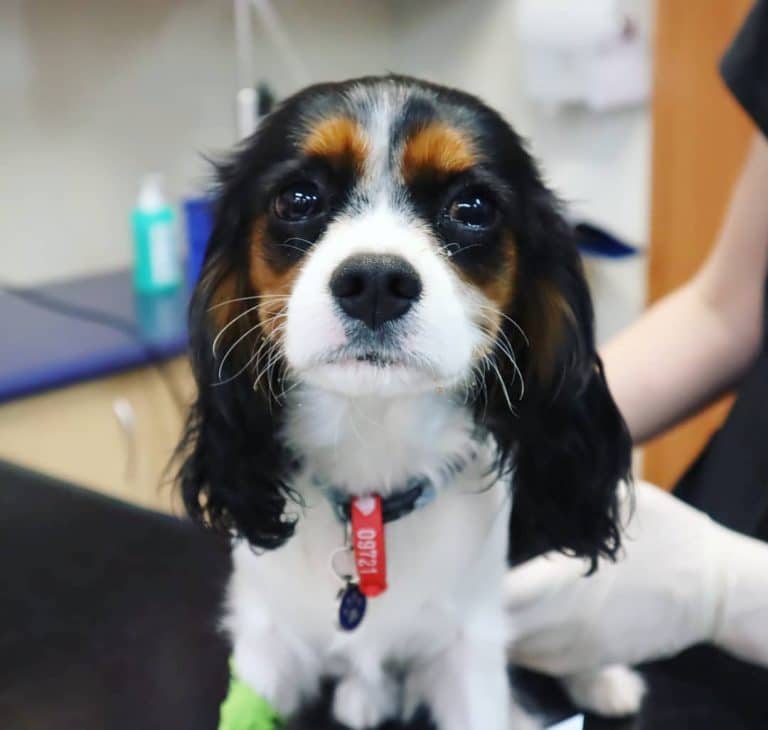Top Dangers At Perth Dog Beaches
Many Western Australians adore spending a day at the beach – soaking up the sun and splashing in the waves. Our playful pooches also enjoy playing in the water and digging in the sand, but did you know that there are several dangers at Perth dog beaches? We’ve compiled a list of the top beach dangers for dogs and how to avoid them.
What are the dangers at Perth dog beaches?
Here are our top five dangers at Perth dog beaches, as well as what you can do to keep your dog safe.
Salt water

Excessive thirst, vomiting, diarrhea, mental impairment, seizures, and coma are all symptoms of salt toxicity. To help keep your pet from drinking sea water, always have fresh water available so they don’t feel tempted to. It’s also a good idea, rather than letting the sea water to dry on their coat, rinse them off. This will prevent your dog from licking salt water off their fur and further ingesting more salt.
Sand
Sand is unavoidable; it gets everywhere! Eating sand while at the beach isn’t uncommon for dogs. While this is usually by accident, there are some dogs who may do it on purpose! Whether it’s from digging, playing with sand-covered toys, or eating something that’s fallen onto the sand, sand will be ingested. But if too much sand is ingested it can lead to sand impaction. This is when the sand causes a blockage in the intestines.
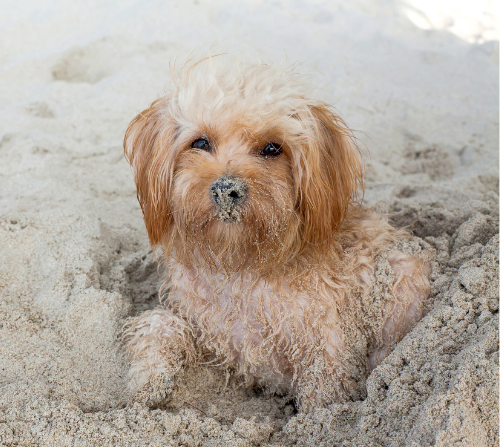
Sand ingestion is, usually, unintentional, making it difficult to avoid sand impaction. To help prevent your dog from eating too much sand, keep an eye on them while at the beach, and restrict access to sandpits. Teaching them the leave command especially when food items fall in the sand is a great idea also.
The heat
The beach may be a beautiful spot to spend a sunny day, but it also means it will at times be extremely hot. Combine high temperatures with limited shade and hot sand, and your pet’s risk of heat stroke rises considerably. Dogs can overheat quickly and they are also unable to tell us when they feel hot. To help your dog avoid heat stroke make sure they have enough shade and fresh water to keep them hydrated. It’s also a good idea to avoid the beach during the hottest parts of the day and limit any excessive exercise. See our Heat Stroke Guide for additional ideas on avoiding heat stroke, and recognising its signs and symptoms.
Our dogs can get sunburned, too. The most common places the sun’s rays will burn are on their noses, ears, and stomachs. Dogs with thin coats or white fur are more susceptible to sun damage than other breeds. To prevent sunburn, an umbrella or beach tent will provide shade. Pet sunscreen is great for those pooches who love time in the sun.
Fish hooks
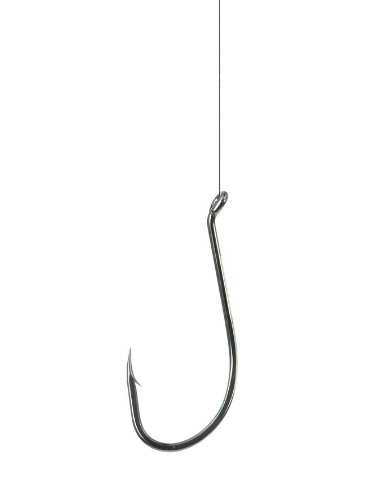
If your dog does ingest a fish hook, try to keep them calm and visit a veterinarian quickly. Should the hook be stuck in their paw, lip, or in any other place of their body, try to cover the wound. This will prevent your pet from being able to bite, lick, or tug on it avoiding further damage to the injury. If you see a fishing line hanging from their mouth, it’s best not to try to remove it and to avoid tugging on it as this might lead to more injuries if it has been swallowed.
Blowfish (also known as puffer fish and toad fish)
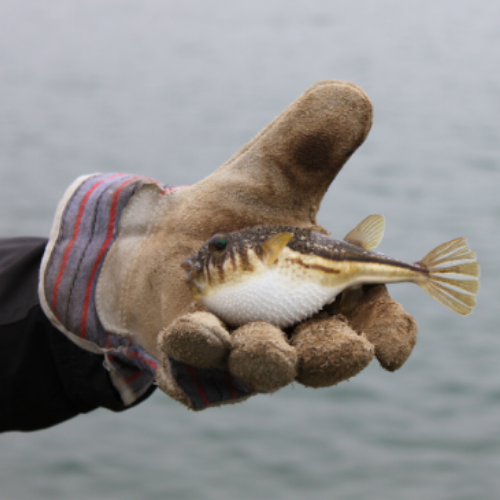
If you believe your dog has come into contact with a blowfish or is displaying any of the symptoms associated with poisoning, such as vomiting, trembling, drooling, breathing difficulties, weakness, or paralysis, see your veterinarian right away. Learn more about puffer fish poisoning in our blog, including what the symptoms are and what treatment involves.
While there are a number of dangers at Perth dog beaches to be aware of, taking your pooch to the beach is a wonderful way to spend quality time together. With so many dog-friendly beaches along the coast, why not choose one this weekend?
If your pet is ill or injured, visit Perth Vet Emergency or your local veterinarian immediately

